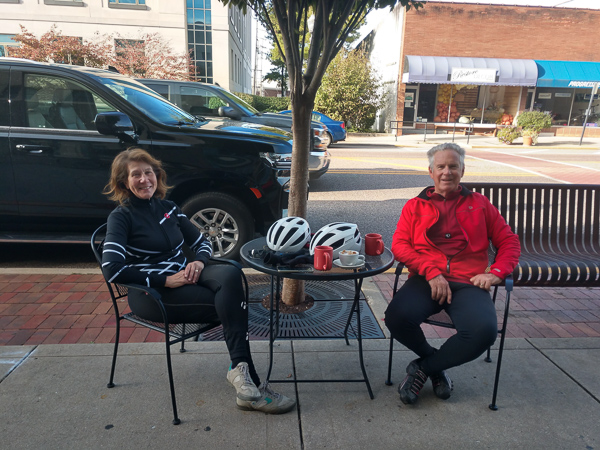Medicine Rocks SP, or 11,000 years of camping
For me, a big part of the allure of travel through Montana is the big, uninterrupted sky and the profound lack of people. If you visit Bozeman or Billings, you might disagree with this assessment, but to put this into perspective, Illinois has about 231 people per square mile (PPSM); Montana has 7.4 PPSM. I tend to pass through the large cities there on the way to less populated areas. The county I live in, Madison, has 372 PPSM. Carter county, MT, where Medicine Rocks SP is located, has less than 1/2 a person (0.4 PPSM.) I love it there; I can climb a sandstone pinnacle and enjoy looking at the rolling vistas in all directions with only the sounds of birds and wind.

Attempting night sky photography brought Sherie and me to Medicine Rocks SP in Southeastern Montana this summer because it is a designated Dark Sky Sanctuary. I had been discussing places to shoot close to home for months with a friend. I never got around to trying night photography for one reason or another, but mainly because, living in Illinois, finding an area to escape light pollution is challenging. (Reference the statistics above.) Medicine Rocks was included as we planned the route for the summer driving adventure. This state park provided a quiet, primitive place to camp and ample opportunities for me to play with my cameras.
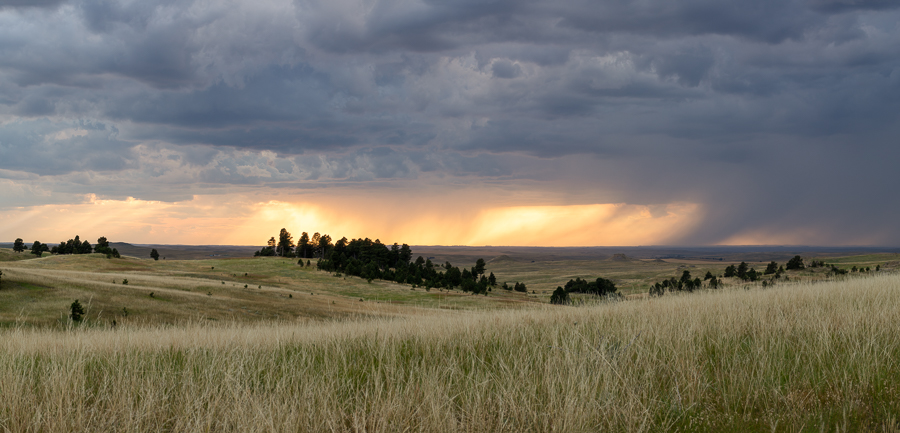
This park is small by western standards, only 380 acres with twelve designated primitive campsites. Only a few of these sites are large enough for our 25-foot rig. The park does not take reservations for campsites, but the caretaker told us he has never seen the campground full. During our stay, there was only one other occupied site. Archeological evidence indicates that Native Americans have used the area around the park for over 11,000 years and considered it a holy site. More recently, homesteaders started building homes in the 1880s with large cattle and sheep ranches shortly after.
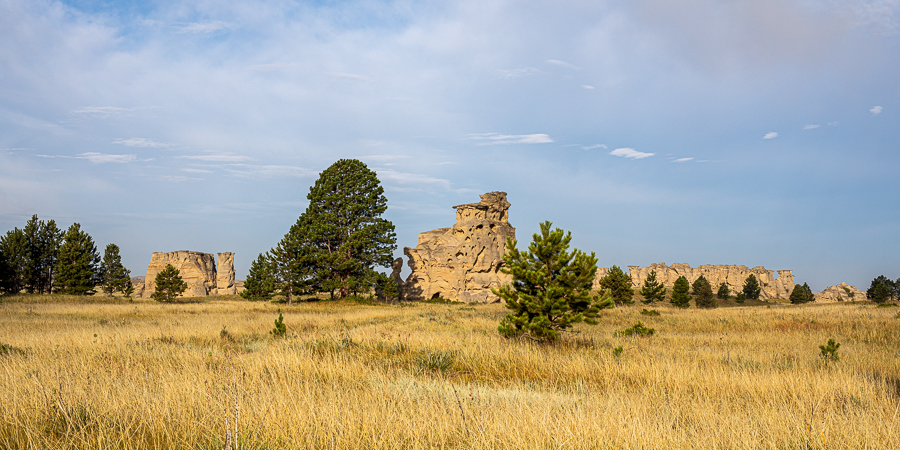
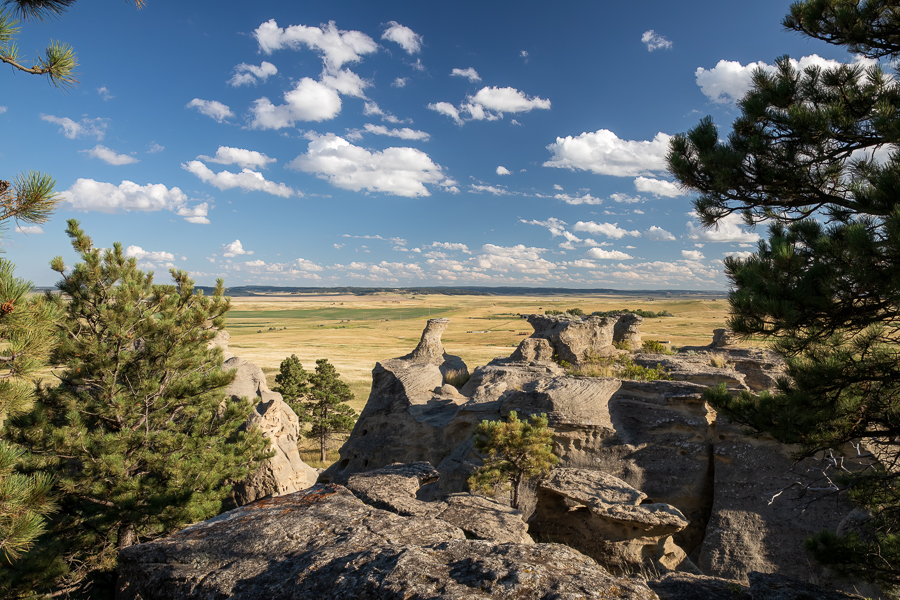
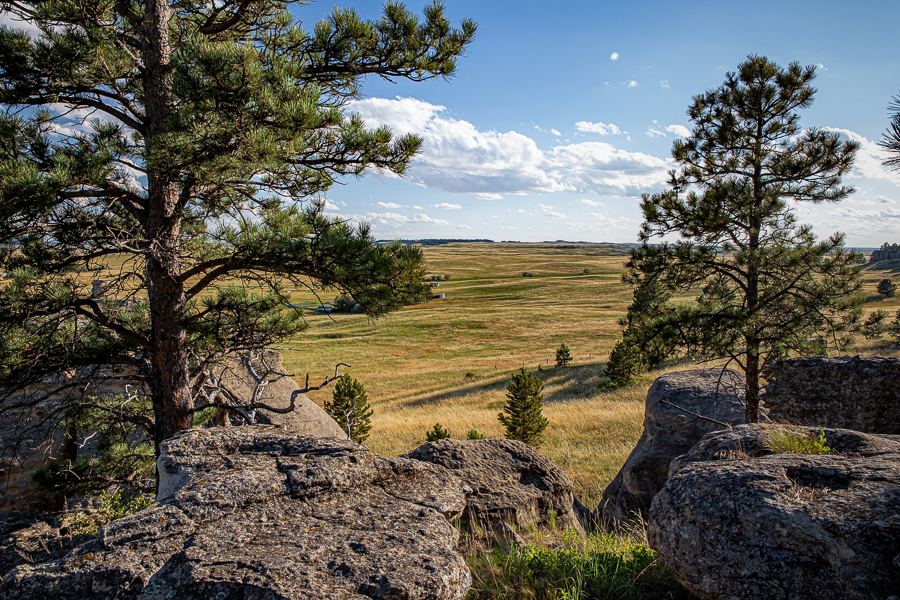
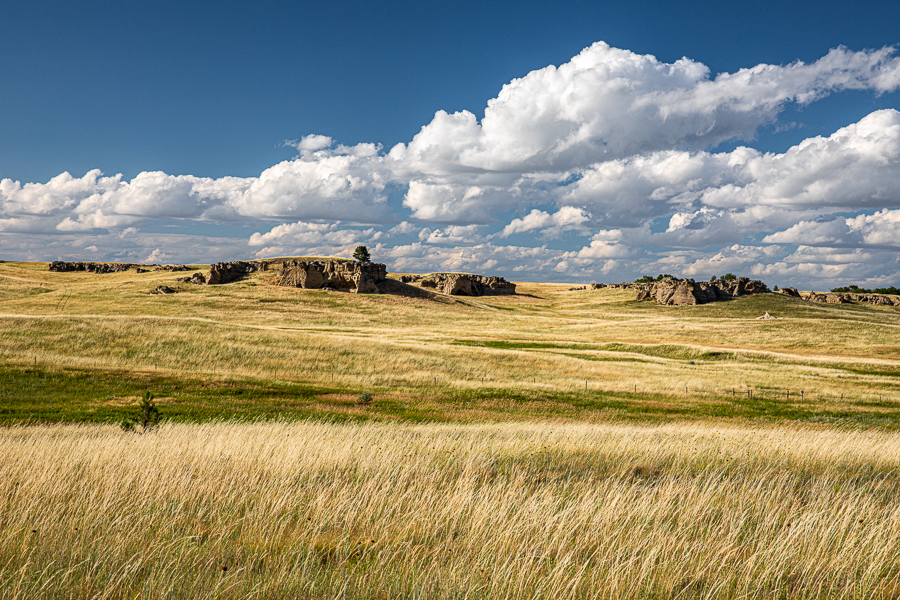
Like everywhere in the West, smoke from forest fires plays a significant part in creating beautiful sunsets. Throw in a passing storm, and the possibilities for panoramic landscapes are unending. On the other hand, smoke and passing showers do not make for great night-shy photos. I tried, but I only have one to show for the three nights we camped here.
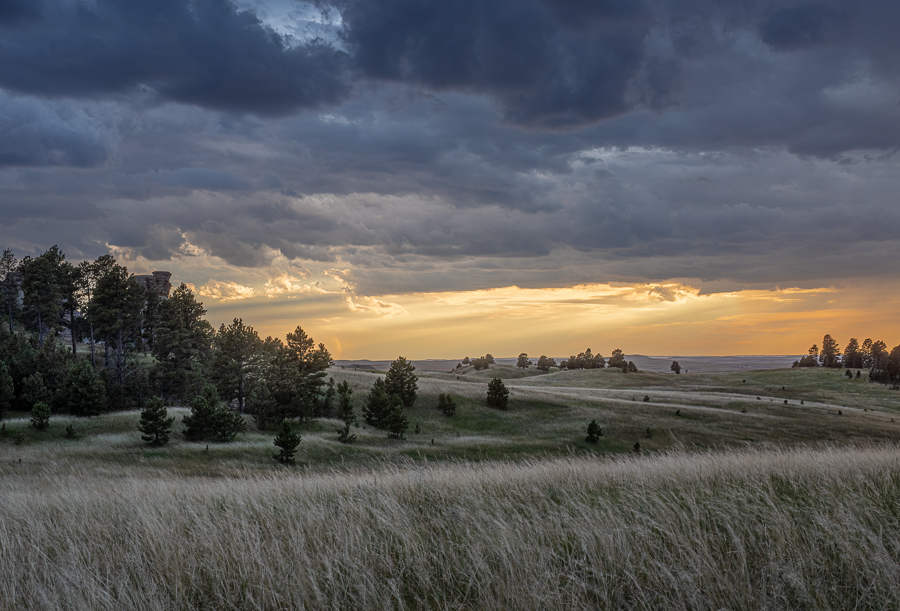
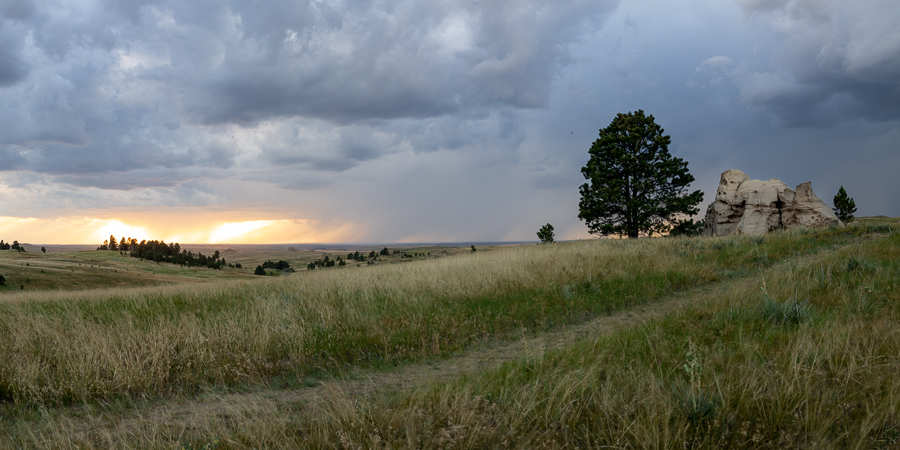

A couple of things to keep in mind:
The nearest gas station is in Ekalaka, eleven miles south of the entrance.
The county museum in Ekalaka is an excellent place to escape the hot afternoon sun.
Baker, to the north about 25 miles to the north has a good coffee shop, Compass Coffee.
Dennis




